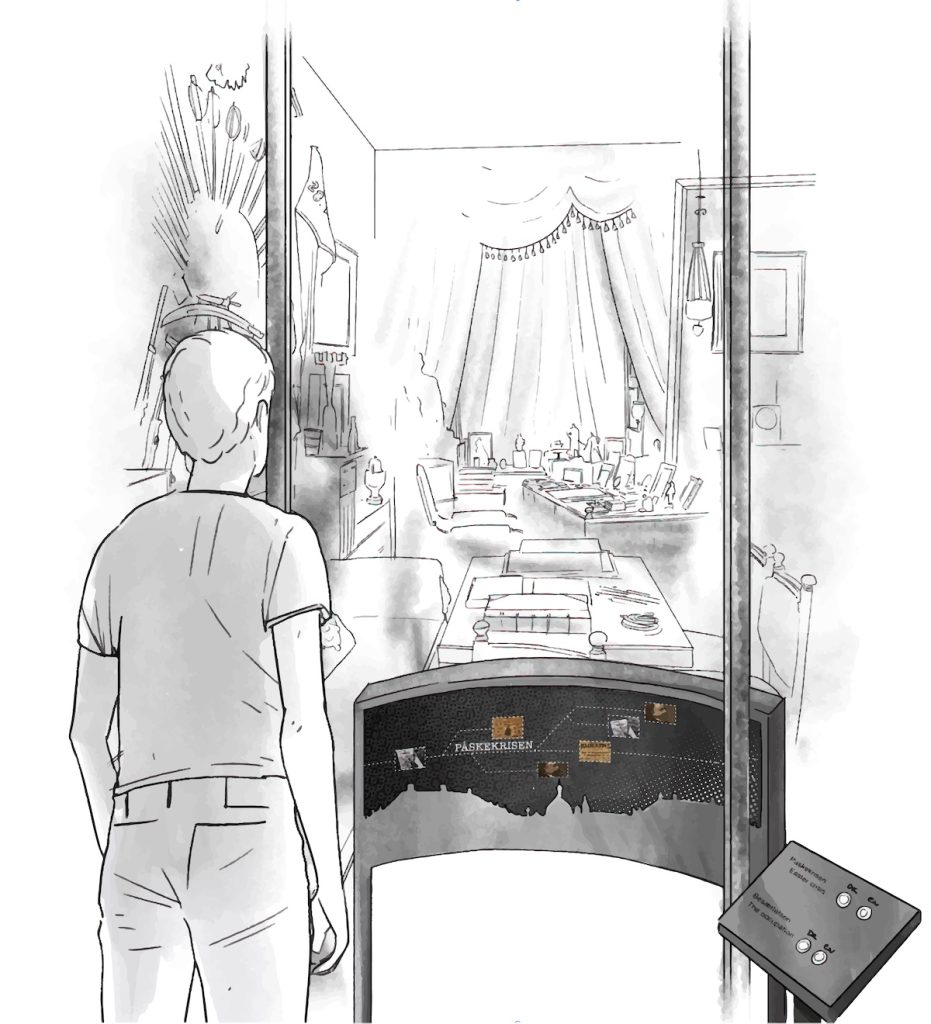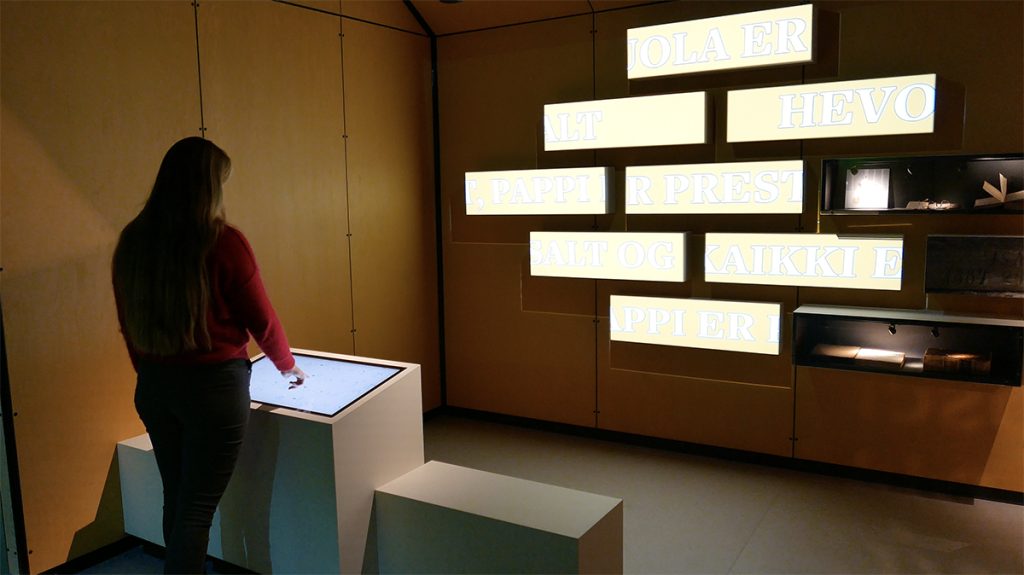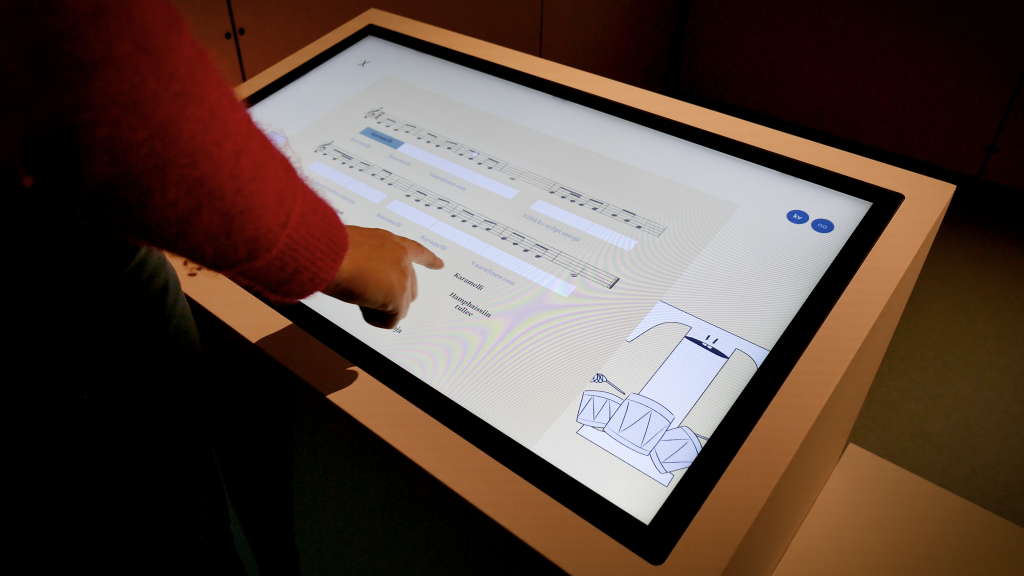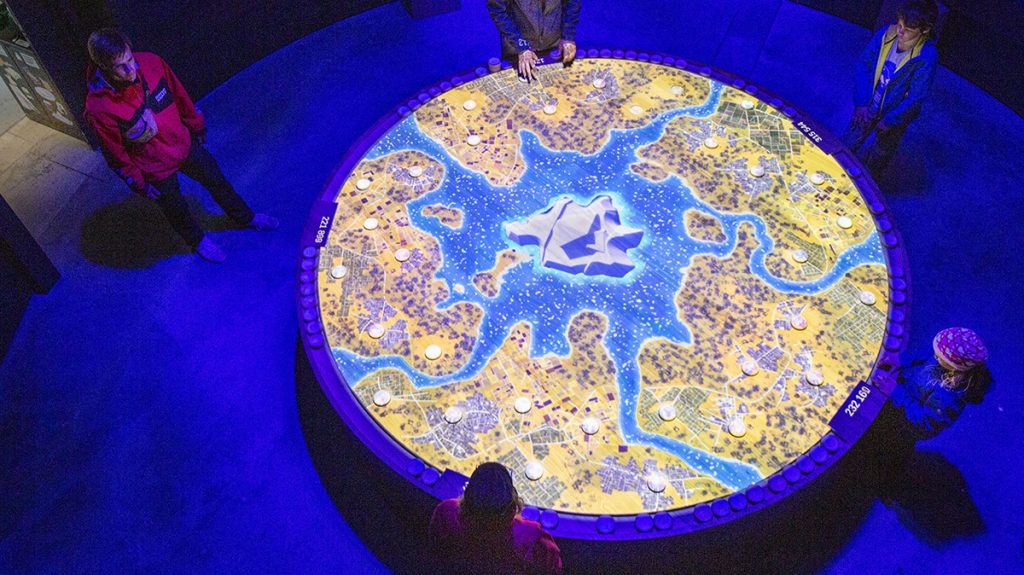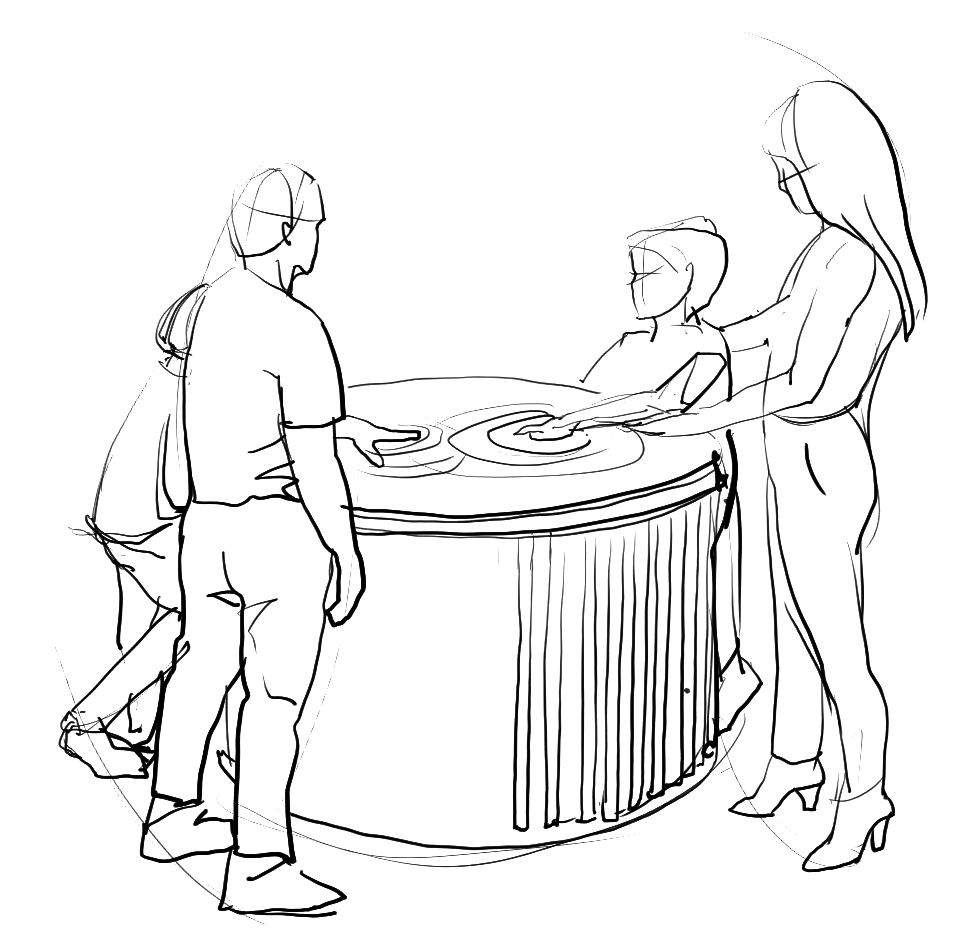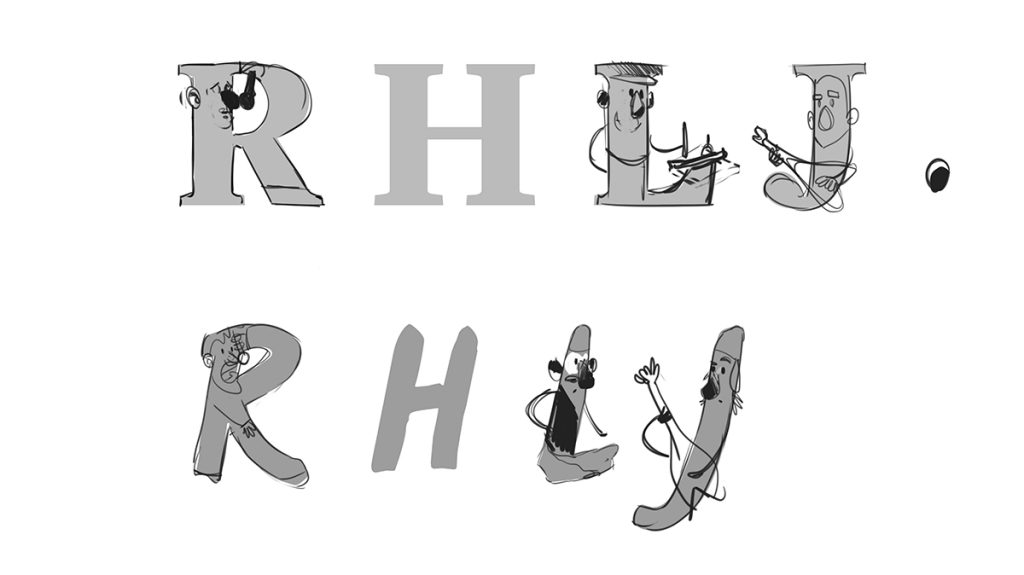Create Involvement
A good way of engaging children and families is by making a game that is interactive and involves them in a narrative that they influence – for example, by choosing between several potential courses of action. At No Parking, we have broad experience making this kind of game.
Play & Learn
Learning by doing. Games work well as an underpinning to an exhibition, and they are useful for educating. A playful approach provides an opportunity to place yourself in different roles, and simultaneously helps stoke curiosity and interest in the subject or theme. Games help catch the interest of the younger public and get them to interact and cooperate with each other.
Dilemma Games
When we integrate a game, we shape it so multiple people can manage and enjoy it simultaneously. And in this way, we create interaction between visitors. A well-crafted dilemma game can prompt a debate between the participants. Dilemma games can be integrated into an exhibition or developed on a mobile platform. Mobile dilemma games can be made so that they encompass the entire exhibition, sending visitors exploring the space in order to find clues.
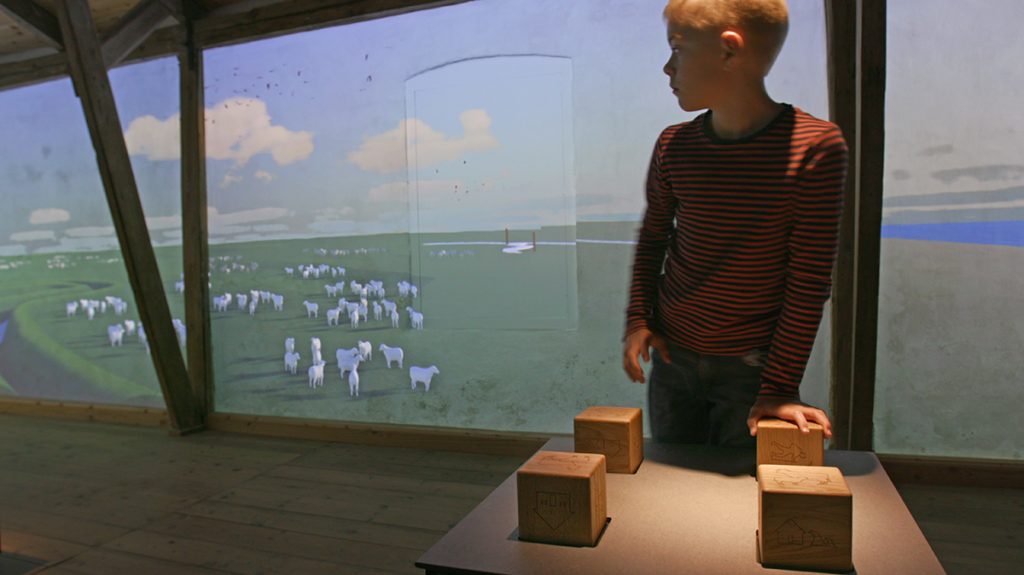
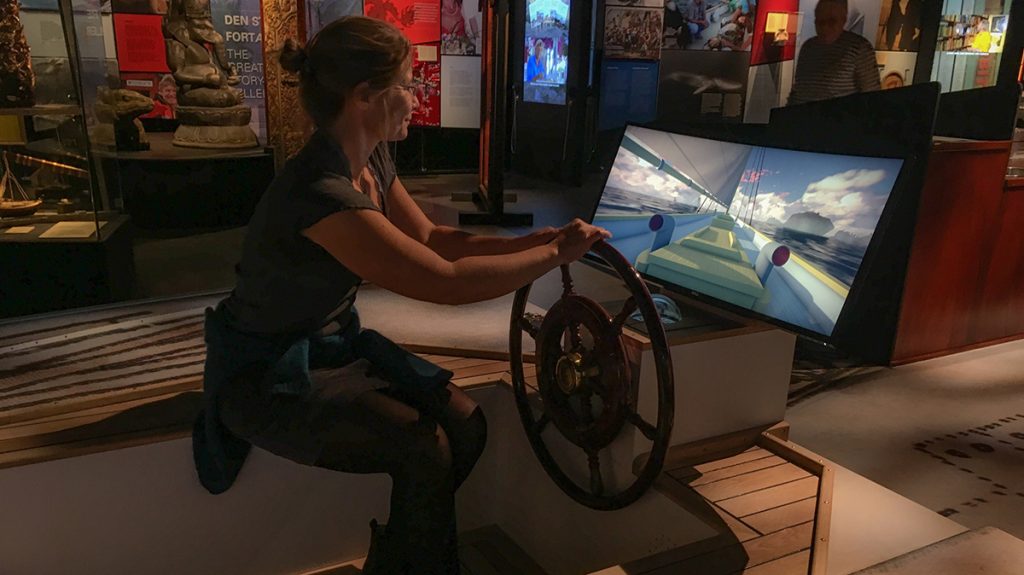
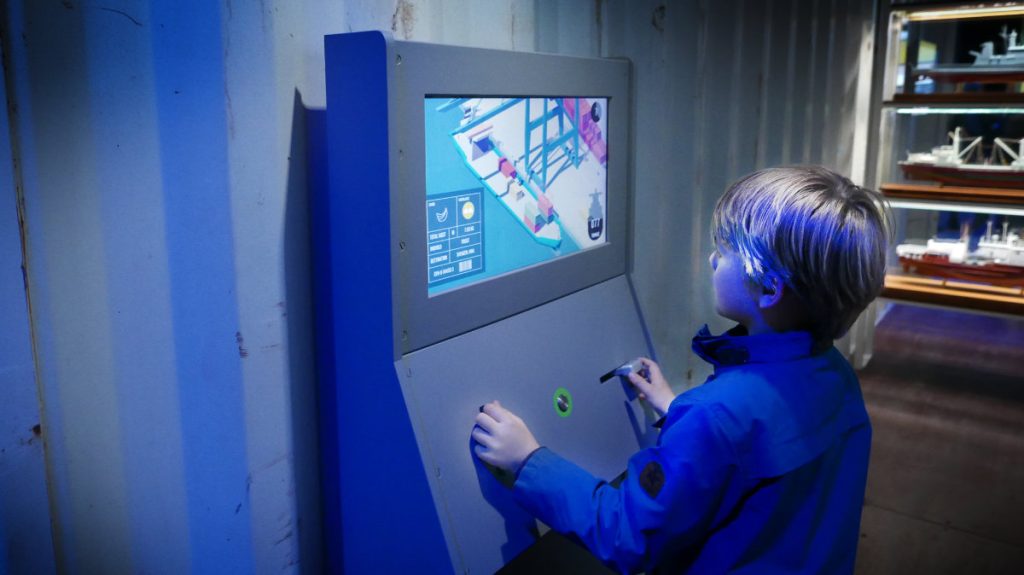
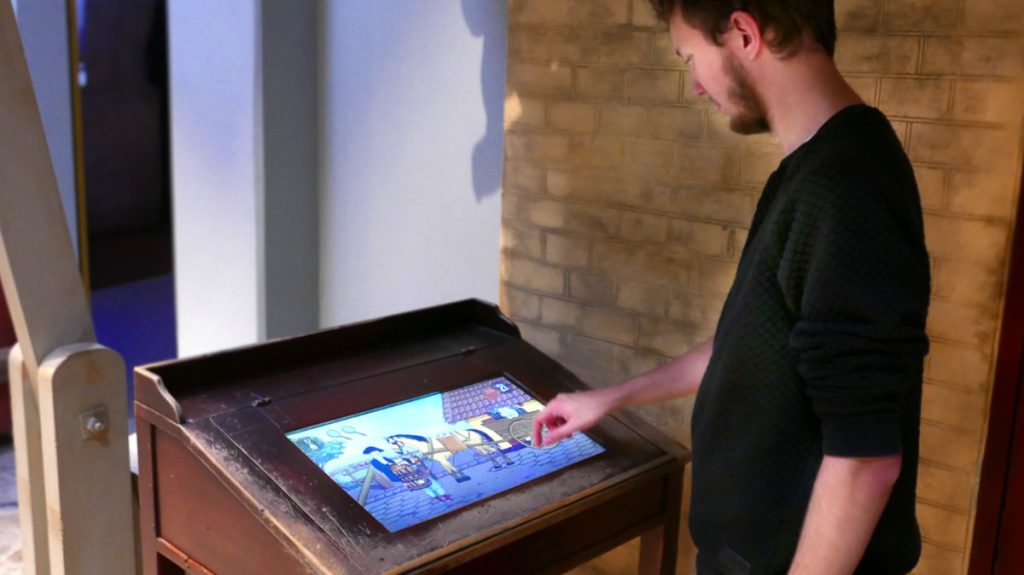
Avatar Games
In this type of game, the visitor follows a figure through a visual universe and solves different tasks. With this approach, we can, for example, build up a historic universe that the player has to explore, which gives the user a sense of the original historical environment. This type of game often uses 3D environments, which we have a lot of experience with creating.
Quiz
Games can also be used to test the public’s knowledge of the exhibition they find themselves in. If the quiz can be taken with them on a mobile unit, one can make a sort of treasure hunt, where the goal is to seek out and find the necessary knowledge around the exhibition. Quizzes can create a feeling of competition, and so can contribute to a good interaction between visitors.
